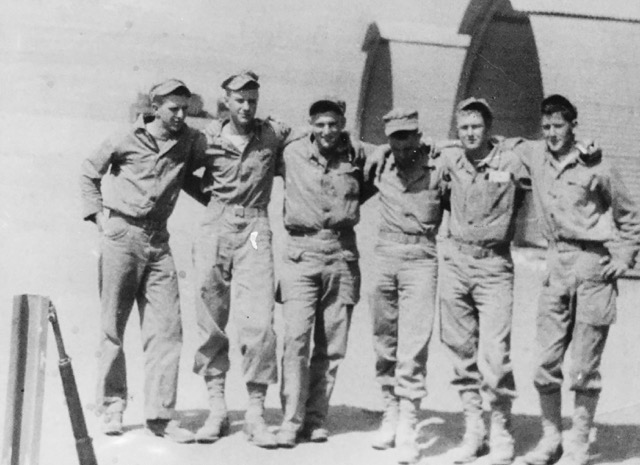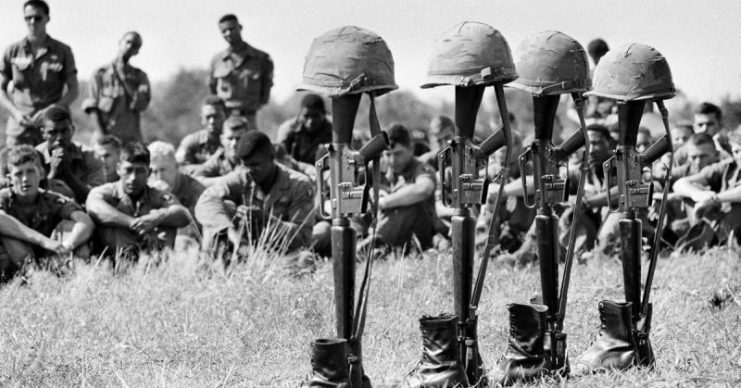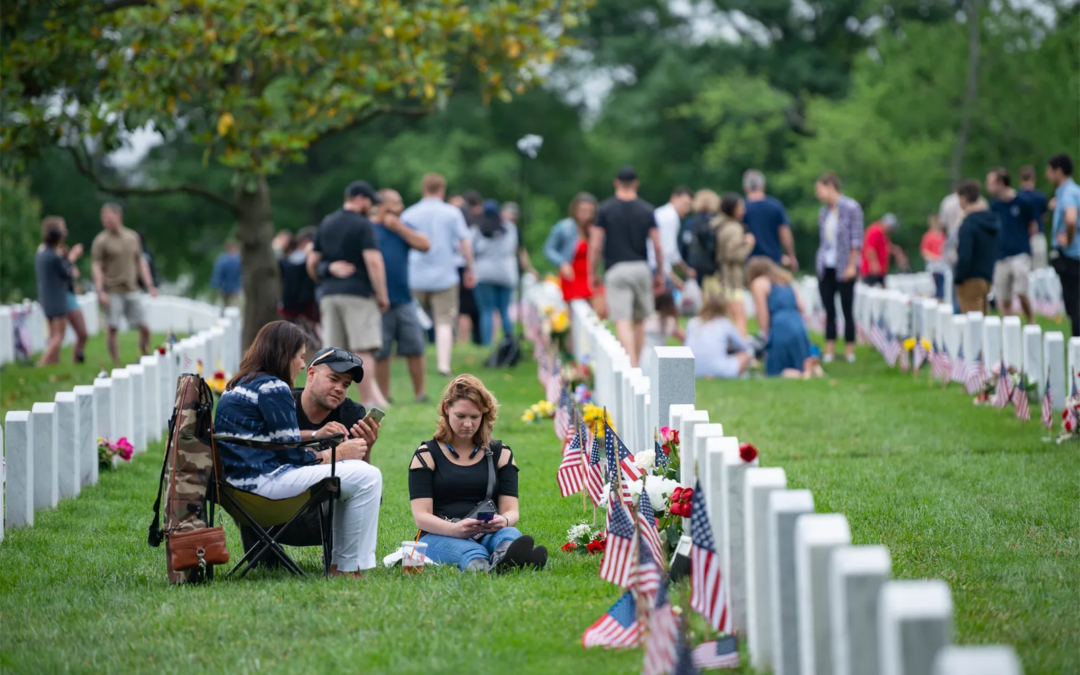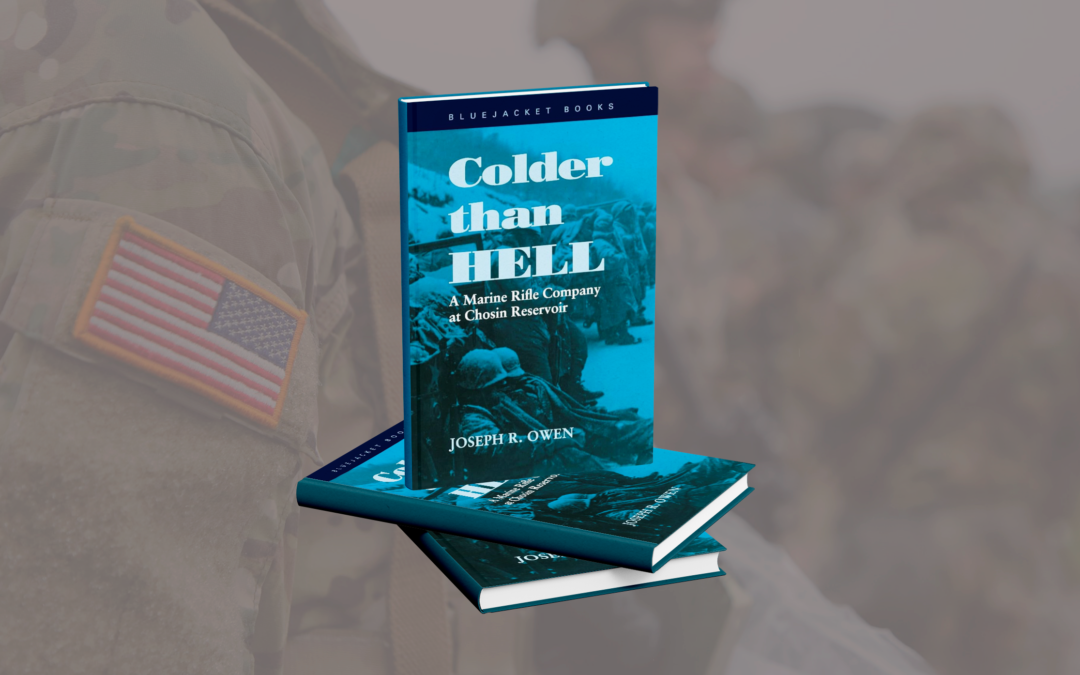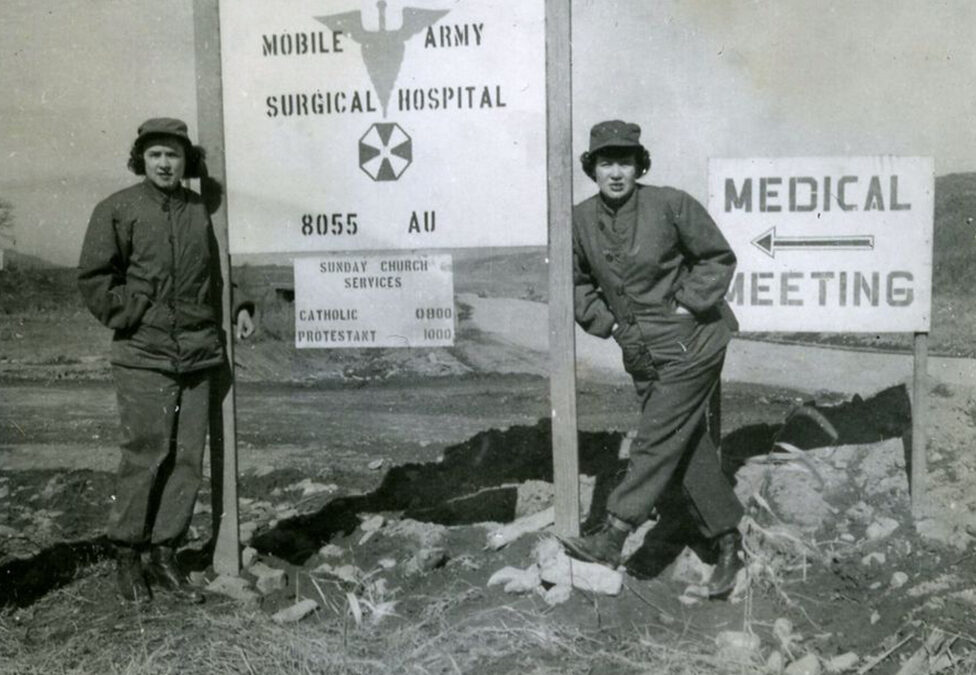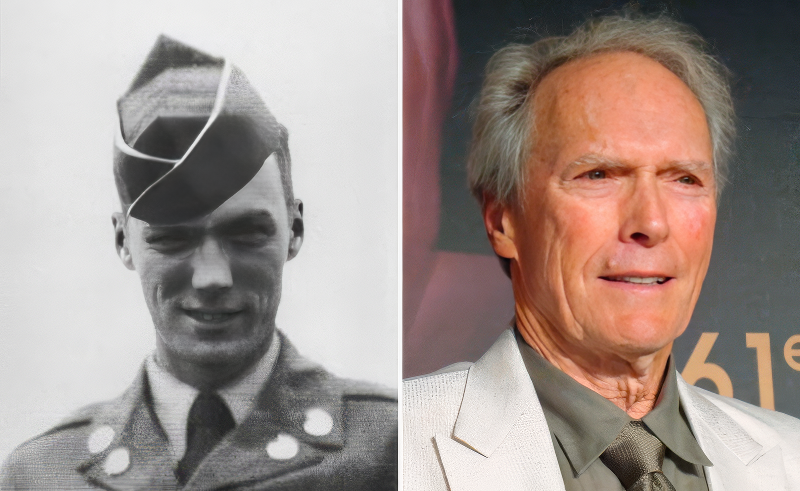John D. Bulkeley was a Vice Admiral in the United States Navy and one of its most decorated naval officers. Bulkeley received the Medal of Honor for actions in the Pacific Theater during World War II. He was also the PT boat skipper who evacuated General Douglas MacArthur from Corregidor in the Philippines. VADM John D. Bulkeley Led Daring WWII Missions John D. Bulkeley was born in New York City and grew up on a farm in Hackettstown, New Jersey, where he graduated from Hackettstown High...



